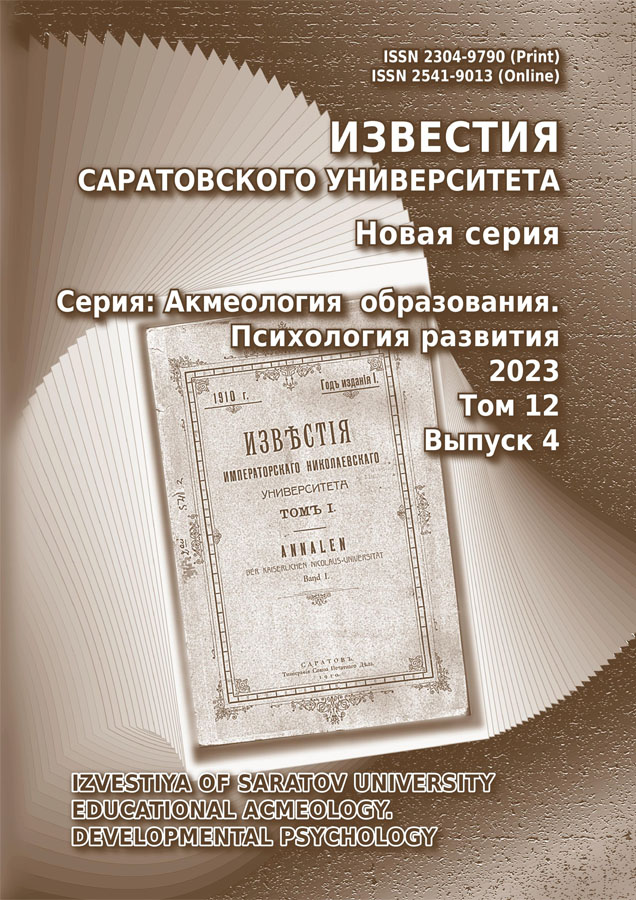Цель: изучение особенностей социальной среды как потенциального условия формирования, функционирования и эволюции латентных социальных групп. Гипотезы: 1) существуют пред-формы социальных объединений людей, которые условно можно назвать латентными социальными группами; 2) основанием для появления пред-форм могут выступать разные условия внешней и внутренней среды субъекта (в том числе условия, воспринимаемые человеком как субъективно значимые для него в отношении тех или иных жизненных целей). Методы: теоретико-категориальный анализ, изучение литературных источников, эмпирические исследования (анкетирование), многомерные методы параметрической статистики. По авторской методике (анкета «Динамика стиля профессиональной жизни» – ДСПЖ) респонденты оценивали роль условий социальной среды как «факторов профессионализма», динамику своего профессионализма от 20 до 65 лет (ретроспективно до актуального возраста и проспективно – прогнозируя динамику последующей эволюции); также фиксировались ихсоциально-демографические и служебно должностные характеристики. Участники. Опрошены 482 человека, мужчины и женщины в возрасте от 30–50 лет, среди них 132 государственныхслужащих, 129 инженеров и руководителей подразделений промышленных предприятий, 221 менеджер. Общая выборка многократно делилась на группы. В качестве критериев деления использованы условные, выделяемые на основе вычисляемых по формулам, относительные характеристики «быстроты карьеры», «стажа управленческой деятельности», «стажа семейной жизни». Результаты эмпирического исследования подтверждают рабочие гипотезы. При делении выборки по разным критериям – как очевидным (мужчины / женщины, специалисты / руководители и т. п.), так и условным – группы значимо различаются по ряду переменных (условий среды, оцениваемых как факторы профессионализма). Выводы: в одном социальном пространстве-времени могут сосуществовать разные социальные объединения, структуры в большей или меньшей степени их выраженности (проявленности), развития, активного функционирования как социальных групп. Есть основания выделять феномен латентных социальных групп (ЛСГ) как пред-форм проявленных социальных групп с последующими разными траекториями их возможного развития. ЛСГ — это возможные объединения людей, в ряде важных аспектов жизнедеятельности (ценностных ориентациях, образе жизни и др.) сходных между собой, потенциально способных к интеграции и взаимодействию в достижении общих целей, комфортному межличностному общению, поддержанию типовых паттернов поведения и др. ЛГС представляют собой пред-стадии возможного становления и развития разных социальных структур. Представители одних латентных социальных групп отличаются от других в отношении предпочтения и признания ими роли как отдельных условий среды, так и отдельных социальных пространств (родительской семьи, своей семьи, рабочих групп и пр.). За признанием людьми субъективной значимости для них разныхусловий социальной среды могут стоять какие-то иные, «глубинные» факторы.
 102-113
102-113


 114-122
114-122


 123-136
123-136


 137-148
137-148


 149-158
149-158


 159-168
159-168


 169-179
169-179


 180-184
180-184


 185-191
185-191












